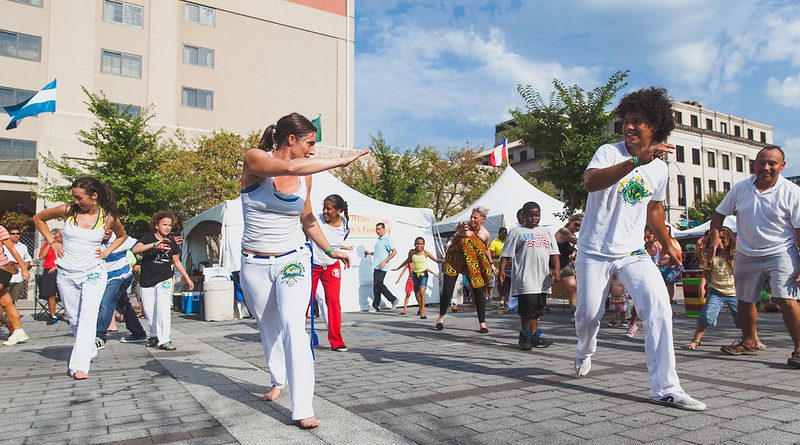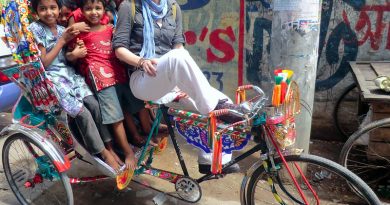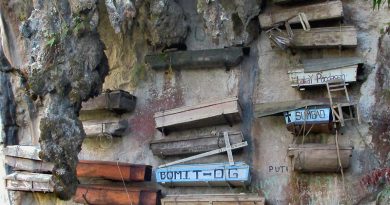Body, Heart and Soul: The Art of Capoeria
Culture Facts
Where: Historically centred in Salvador and Bahia, Brazil – practised throughout the world.
What’s it about: Combining martial arts and acrobatics disguised as a dance.
History: Developed from African slaves as a form of fighting, later used for violence and in the 20th century resurrected as a cultural phenomenon.
Capoeira was developed by African slaves immigrants to Brazil in the 16th Century to fight their oppressors. It’s a combination of martial arts and acrobatics.
History
It’s exact creation and evolution is part myth, mystery and romanticism but the most popular theory is that The Bantu slave group were thought to have spawned the birth of Capoeira. Their culture and history was stored not in books but in their body, heart and soul. They bought with them to Brazil Candomble religion, the berimbau instrument and vatapa food, all of which are quintessential to the way of Capoeira.
When the Dutch began to invade Brazil in the 17th century, many of the African slaves took advantage of the anarchy and fled to form small villages known as quilombos in Brazil’s interior, with internal social and economic structures. The Capoeira was a rudimentary fighting style used to defend the quilombos against the colonialists attack.
When the Portuguese regained control in the early 19th century, fleeing Napoleon’s invasion on their home turf, they sought to repress forms of African culture, including Capoiera. Terrified plantation owners banned it, so Capoeira had to be disguised as a dance. The ban was only lifted in the 1920’s.
After the abolishment of slavery in 1888, the former African slaves found they did not fit in with the new order, and many sunk to criminality and gangs, especially the capoeirista, and these gangs added daggers and flick knives to the traditional Capoiera moves, used to disperse anti-monarchy rallies in Rio.
Meanwhile, in Bahia the Capoeira more creatively evolved into a ritual fight-dance game where it survived into the 20th century. Mestre Bimba is a leading figure in Capoeira who formed the first capoeira academy in Salvador teaching the aggressive Capoeira regional style, and promoting it as a National sport.
How to do Capoeira
Capoeira is not merely a sport but a combination of gymnastics, dance, martial arts meeting music, culture, history and knowledge. The player must balance the physical with the mental. Today, it’s part fight, part game, part ballet. Music and lyrics, sung in traditional Brazilian Portuguese, play a big part in the game, different rhythms call different speeds and game types.
Players form a circle, known as a roda, and players enter the ground with a cartwheel or move. The Capoeiristas act and re-act in acrobatic and poetic moves. The game takes two forms; Angola, slower and calculated with movements close to the ground; and Regional – fast and furious!
The berimbau is the main musical instrument played during Capoeira It’s a kind of giant string bow. The musical maestro (or “mestre”) commands the Capoeria game (“jogo”) using distinct rhythms. The unique ringing sounds are synonymous with the play of capoeira, but it’s reappeared in car adverts, jazz recordings and even heavy metal! It is now popular throughout the world in the USA, Europe and Africa.
Main image: Capoeira or the Dance of War by Johann Moritz Rugendas, 1825, published in 1835.
By Susi O’Neill




